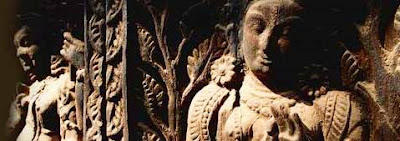
Of course, other monuments in Delhi are not neglected. In fact they have been an integral part of the city’s history. The Red Fort, Jama Masjid, Humayun’s Tomb, Qutub Minar and the Old City are important fixtures within the city’s landscape even now. For a totally different experience, head to Hampi in Karnataka. This is a city littered by the ruins of the Vijayanagara Empire. It is hard to believe that this village deep in the interiors of Karnataka was once the capital of a sprawling and mighty empire.
The temple town of Mahabalipuram is another important stop on the India Heritage tour. Located on the sea shore, these temples appear as the love-child of the sea and sand. Carved out of rocks, these structures have an interesting provision for letting the sea water in. These beautifully sculpted temples are testimonies from a time when spirituality was understood as sadhna and as a peculiar confluence of the natural with the human.
The painted havelis of Shekhawati are another example of heritage places. Inspired by European villas, the Marawari businessmen in 19th century Rajasthan embarked on a project of painting murals on every surface of their vast havelis. These colourful buildings now feature depictions of the contemporary life of the period. Get more at India Travel Guide
No comments:
Post a Comment